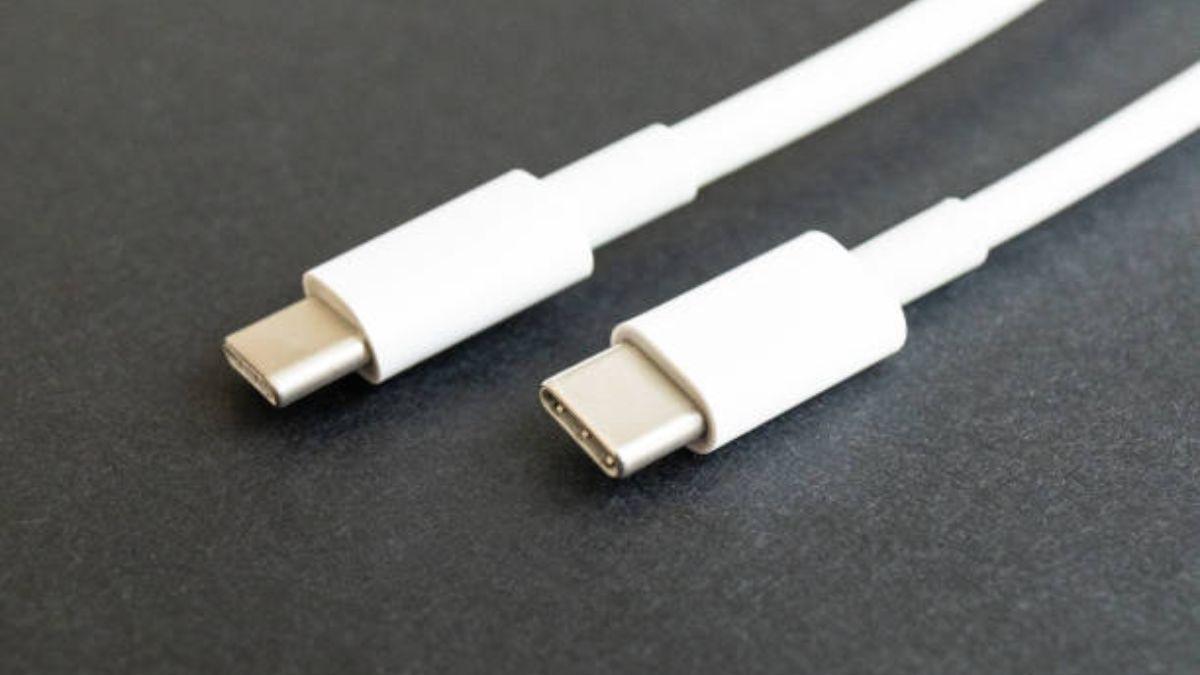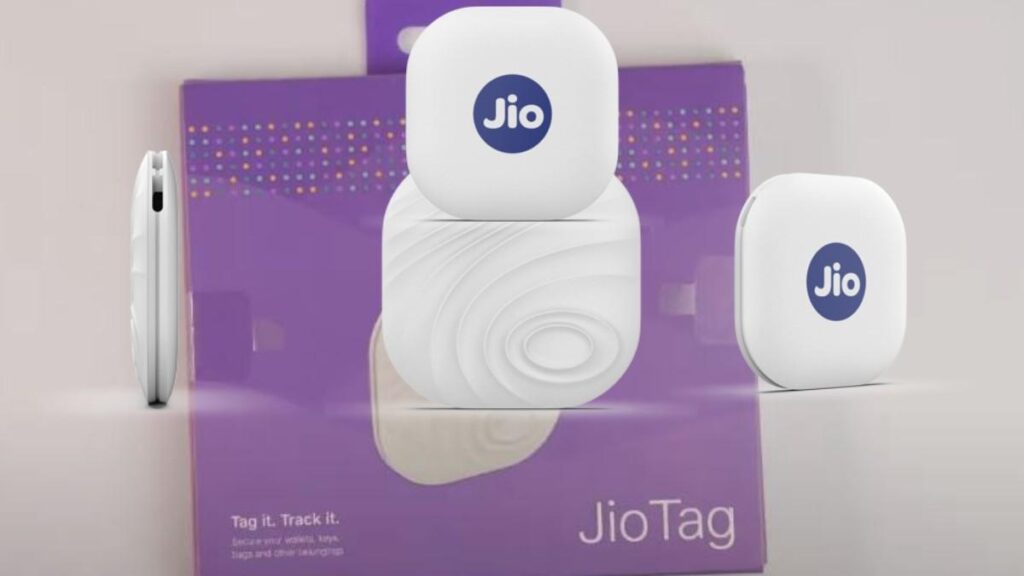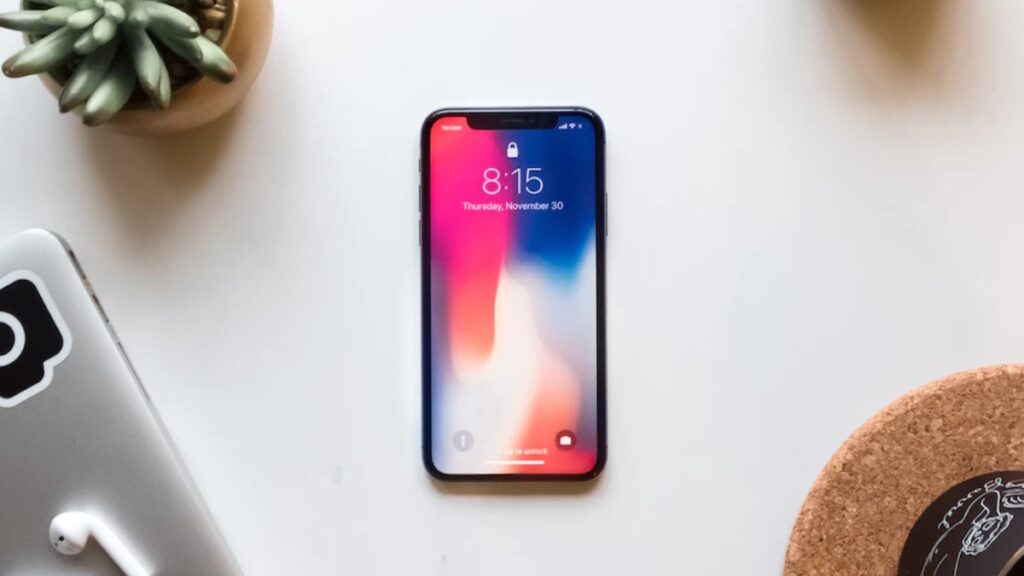India is set to simplify the charging experience for tech enthusiasts and gadget lovers with the implementation of a common charger law by mid-2025. This new regulation mandates that all new devices, including smartphones and tablets sold in India, must feature a USB-C type port for charging by June 2025.
A Step Towards Standardization
In a move similar to the European Union’s recent legislation, India’s new regulation aims to standardize charging ports for electronic devices. The law will initially focus on smartphones and tablets, with potential plans to extend to laptops by the end of 2026. Basic feature phones, hearables, and wearables might be exempted for now.
Key Points:
- Effective Date: June 2025 for smartphones and tablets
- USB-C Standard: All new devices sold in India must have a USB-C charging port
- Future Plans: Possible inclusion of laptops by the end of 2026
- Exemptions: Basic feature phones, hearables, and wearables
Benefits of the Common Charger Law
The implementation of a common charging standard aims to address several significant concerns:
- Reduction in E-Waste: By eliminating the need for multiple chargers for different devices, the law aims to significantly reduce electronic waste.
- User Convenience: A single charging standard simplifies the charging process and eliminates the frustration of misplaced or incompatible chargers.
Background and Implementation
In 2022, the Indian government initiated discussions with industry groups such as MAIT, FICCI, and CII to standardize charging ports for consumer electronics. These discussions led to the decision to adopt USB Type-C as the standard charging port for smartphones, tablets, and eventually notebooks in India.
The decision to implement this regulation came after careful consideration of global standards and legislative actions undertaken by the EU. By aligning with the EU’s efforts, India aims to enhance user convenience and reduce electronic waste. For instance, Apple has already transitioned from its exclusive Lightning connector to USB-C for its iPhone 15 devices in compliance with the EU regulation.
Highlights:
- Global Alignment: Following the EU’s lead to standardize charging ports
- Industry Collaboration: Discussions with MAIT, FICCI, and CII
- Environmental Impact: A significant step towards reducing e-waste
Conclusion
India’s move to mandate USB-C ports for smartphones and tablets by June 2025 marks a significant step towards simplifying charging solutions, minimizing electronic waste, and aligning with global standards. As this new regulation comes into effect, consumers can look forward to a more streamlined and convenient charging experience.




